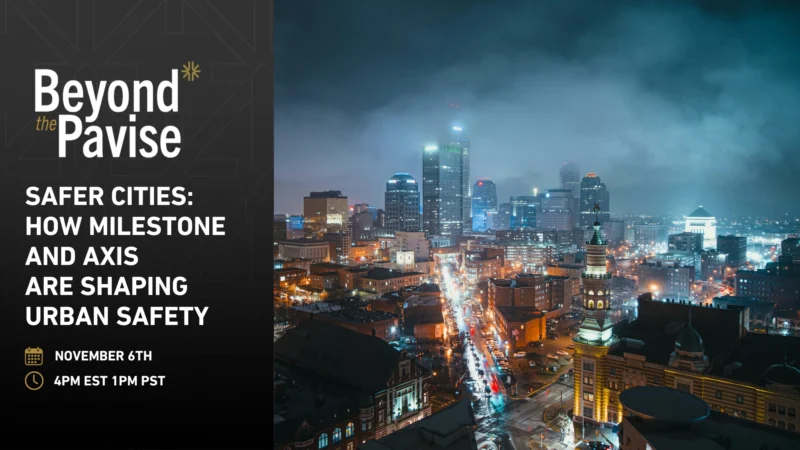Enhancing Remote Search and Rescue Communications in King County: Key Strategies and Innovations
King County Search and Rescue (KCSAR) is navigating significant communication challenges in the rugged terrain of the North Central Cascades. As search and rescue operations often require coordination across difficult and remote areas, enhancing remote search and rescue communications is critical. Erik Swanson, the Operations Leader at KCSAR, provides insights into how the team addresses these challenges and explores potential improvements in their communication strategies.
What are the key strategies for enhancing remote search and rescue communications during missions in remote areas?
Swanson highlights the intricate dynamics of ensuring effective communication during search and rescue missions. He elaborates on the existing methods and the potential advancements that could enhance their operations.
Main Takeaways:
- Communication Challenges: Swanson underscores the difficulties posed by the mountainous terrain, which often obstructs direct communication between teams and the base.
- Current Solutions: The team relies on radio relays, repeaters, and two-way radios to bridge communication gaps. While mobile phones are occasionally helpful, the lack of coverage in many areas necessitates these more reliable methods.
- Future Improvements: Integrating GPS tracking with radios is a potential enhancement that could streamline location tracking and communication. However, Swanson notes that the practical implementation of such a feature depends on the availability of unit-owned radios versus privately owned ones. Enhancing remote search and rescue communications with such technology could significantly improve operational efficiency.
While KCSAR employs robust strategies to mitigate communication barriers, ongoing technological innovations could further bolster its efforts to enhance remote search and rescue communications, ensuring timely and effective coordination during critical missions.




